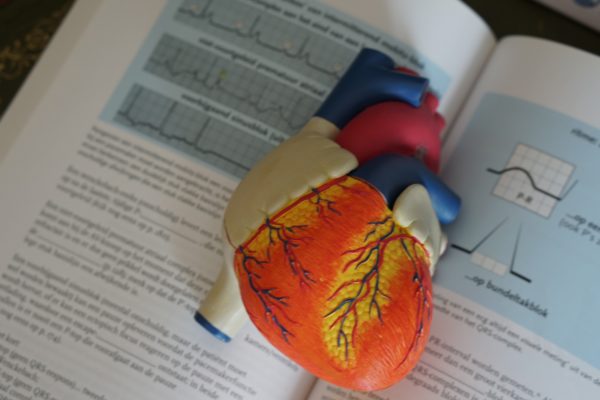
If you’re worried about your cholesterol levels, you can easily take a blood test, and find out whether or not they are in a healthy range. After all, when your cholesterol levels are too high, they have the potential to cause cardiovascular disease, hypertension, and even a stroke. But what exactly is cholesterol, and where did the cholesterol test come from?
Cholesterol is a waxy lipid found in the membranes of cells. They play a vital role in cell signaling and structuring. Cholesterol is made up of steroids, which are interlocked rings made up of four carbons. Cholesterol is broken down in our bodies to create steroids such as estrogen and testosterone. But if cholesterol is good for you, then why should you prevent your levels of cholesterol from getting too high? There are two major different types of cholesterol: low-density lipoprotein (LDL), and high-density lipoprotein (HDL). These different types of cholesterol contain differing ratios of lipids and proteins. Since protein is denser than fat, LDLs contain more fat than HDLs. LDLs can cause various health issues while HDLs “clean up” LDLs and prevent cardiovascular disease. One should aim to make HDLs their main source of cholesterol intake. However, LDLs are found in many unhealthy foods such as fast foods, which people tend to eat rather often. There are also other factors that play into the risk of cardiovascular diseases such as total cholesterol, triglycerides, and VLDL. VLDL stands for very low-density lipoprotein. VLDLs are very similar to LDLs except for the fact that they have an even higher percentage of fat, consequently making them an even greater danger towards one’s cardiovascular health. Triglycerides are unused calories that are stored in the form of fat. High levels of triglycerides and LDL combined with low levels of HDL have the potential to cause atherosclerosis (fatty buildups in the arteries), which in turn can lead to a heart attack or a stroke. Total cholesterol is calculated by adding up the amount of HDL and LDL. While your total cholesterol level can be desirable, your cholesterol ratio might not be. The cholesterol ratio is the ratio of HDL to LDL, and it also plays an important role in health. It is possible to have a normal total cholesterol level even if your HDL level is too low and your LDL level is too high, so one cannot rely on total cholesterol levels alone to determine their risk of cardiovascular disease. With all of these factors that affect your cardiovascular health, it is important to know your cholesterol levels for each specific category, which can be found out through a cholesterol test.
The cholesterol test involves a small sample of blood being taken and analyzed for its levels of HDL and LDL. The history of this test first began in 1900 when Anitschkow, a Russian scientist, was conducting an experiment on the effects of cholesterol on cardiovascular disease in rabbits. However, Gofman, an American scientist, furthered these studies to prove the link between cholesterol and cardiovascular disease in humans. Not only that but in 1973, Joseph L. Goldstein successfully classified the types of cholesterol and their differing effects on health. This led to increased concern about the amount of cholesterol that people take into their bodies, inevitably leading to the development of the cholesterol test.
Cholesterol has the potential to wreak havoc on the body and cardiovascular health. However, there is a certain type of cholesterol that is vital to bodily functions and providing the body with steroids. This is why the cholesterol test is so essential. Knowing whether or not your LDL and HDL levels are balanced is crucial to health.
Credit: Feranmi Akande
